Having declared that his greatest fear was that the western ports of Liverpool and Glasgow might be disrupted, Prime Minister Winston Churchill visited the City of Liverpool on 25th April 1941, just days before the most intense week of Luftwaffe bombing began.
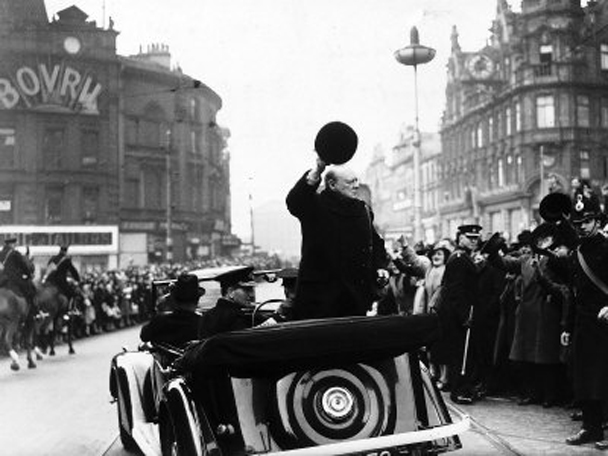
Churchill understood that Liverpool was Britain’s lifeline; her strongest connection with the free world. The Battle of the Atlantic was coordinated from the Combined Operations Headquarters at Derby House, Liverpool. Essential civilian and military supplies were brought into Liverpool through the convoy system, and the entire Mersey waterfront was vitally important for naval repairs and shipbuilding. For these reasons, Liverpool was a primary target for the German bombers and Churchill was keen to boost the morale of the war weary Liverpudlian people.
In May 1941, Winston Churchill famously said of Liverpool
“I see the damage done by the enemy attacks, but I also see the spirit of an unconquered people.“

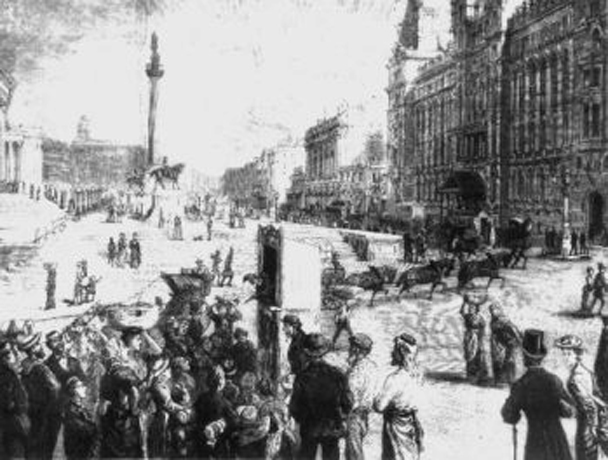
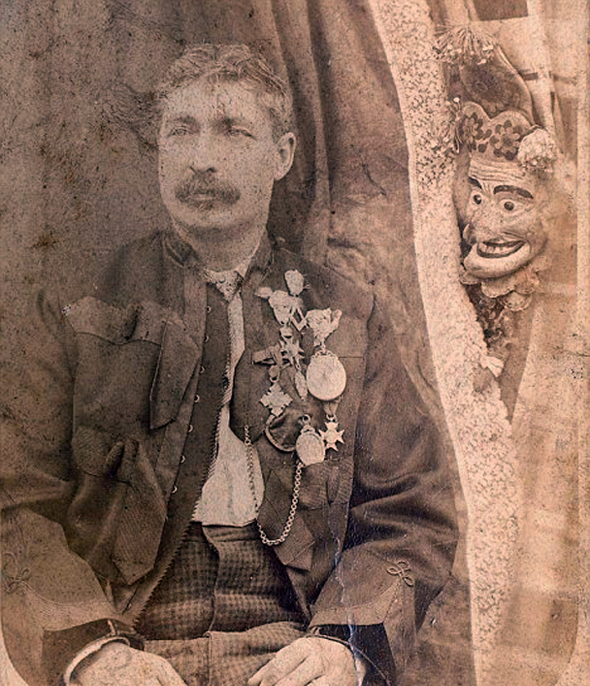

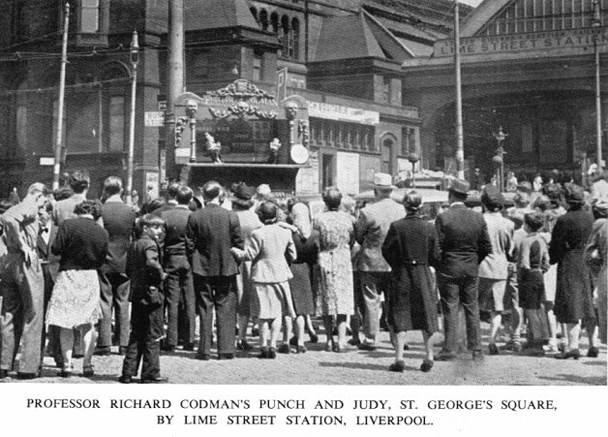




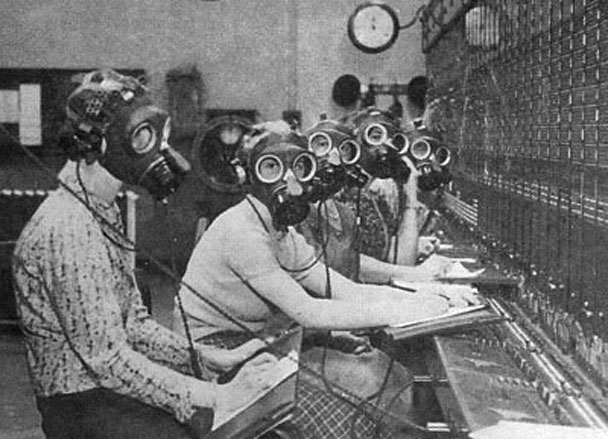


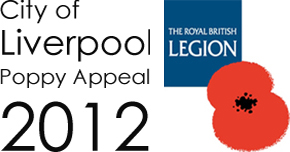
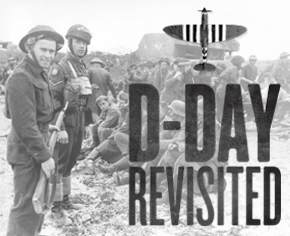
 About
About